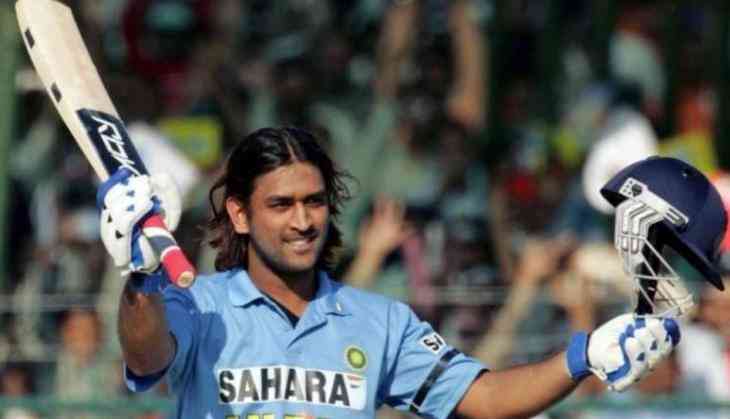
It sounds fitting to realize that India’s first wicket keeper was behind giving Indian cricket its best keeper batsman. In times gone, when Syed Kirmani was the chairman of selectors with the India cricket team, he caught sight of a talant who would go on to become country’s most successful captain of all time.
Yes, we are talking about MS Dhoni, a young boy from Jharkhand who was once battling to swap between being an attacking wicket-keeper batsman and a job in Railways. Legend has it that during a Deodhar Trophy match in 2004, while playing for East Zone, MS Dhoni famously hit big sixes in the direction of the selectors who had come to witness the match, which finally set the stage for his India selection.
It was a well documented segment in his biopic also. But one significant part the movie failed to show was Dhoni’s selection for that game, for which the merit goes to India’s first World Cup winning wicket-keeper Syed Kirmani.
“I have never disclosed this before but here is how Dhoni was picked. I and Pranab Roy - my co-selector from East Zone - were watching a Ranji Trophy match. I’m not sure which match it was since it was a long time ago, but Pranab Roy is proof. He said to me ‘there is this keeper batsman from Jharkhand, who is a very promising youngster and deserves selection’,” Kirmani told Hindustan Times in an exclusive chat.
“I asked him ‘is he keeping wickets in this match?’ Pranab said ‘no but he is fielding at fine leg.’ That is when I got Dhoni’s stats from the last two years to look into. And Wow! There was terrific consistency in his batting ability. Without even seeing him keep wickets, I suggested that Dhoni be selected for East Zone straightaway. And the rest is history.”
It was a time India were looking for a player they could rely on entirely behind the stumps. India, in the early 2000s, saw many option come up as the team’s wicket keeping contenders. Once the Indian team was done having Rahul Dravid as its stand-in arrangement after the World Cup in 2003, many names had a run with the team, but no one was able to consolidate their spot.
Also, by that time, Australia’s Adam Gilchrist has totally transformed the role of wicket-keeper. Contrary to the time Kirmani played his cricket in, wicket keepers in the early 2000s were not just a figure behind the stumps, whose batting would only be labelled as bonus. While India were shuffling betweem Dinesh Karthik and Parthiv Patel, who were good behind the stumps, but were not as good with the bat.
Everything changed when Dhoni came to the scene in 2004, and within a year, recorded the highest individual score by a wicket-keeper in limited over cricket with his brilliant knock of 183 not-out versus Sri Lanka. His quick rise saw him being installed in as the captain. Three years after playing his first game for India, which Kirmani says changed the way Indian wicket-keepers were perceived .
“A wicket-keeper is the best guide to the captain, to bowlers and is in the best position to set the field and to find the weak points in a batsman,” Kirmani said.
“When Dhoni was appointed captain, it was the best thing to have happened to Indian cricket. He proved what the importance of a wicket-keeper batsman is all about. In my time, the committee thought that it would be an added responsibility, which could hamper the performance. I’m glad Dhoni proved them wrong and changed that perception.”
However, as much as MSD did to change the mindset towards the role, Kirmany is worried the trend may again change. Ahead of the current health crisis, India appointed KL Rahul as their wicket-keeper, and judging by skipper Virat Kohli’s assessment that Rahul keeping wickets give the team a better balance, the legend’s fears may turn out to be true Furthermore, the fact that good keepers are in the team as specialist batsmen.
“Wicket-keeping has taken the back seat in this era. A batsman or an all-rounder is considered who can stop the ball behind. No wonder there have been some stunning stumpings and brilliant catches taken by makeshift wicket-keepers,” Kirmani said.


